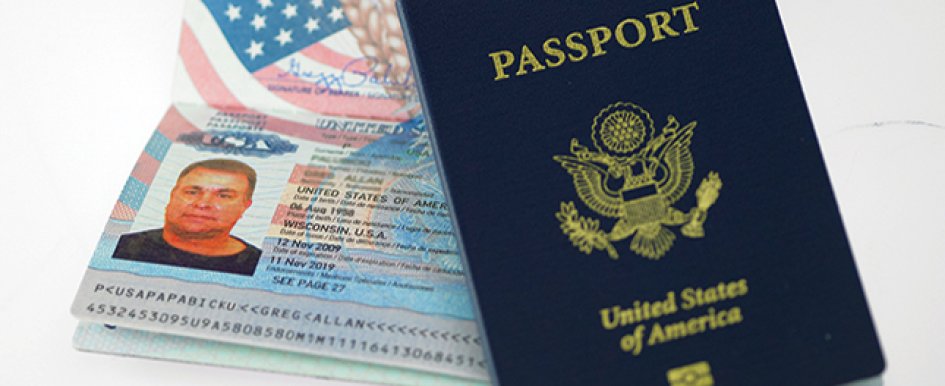
All employers in the U.S. must use the Employment Eligibility Verification Form I-9 to verify that employees hired after Nov. 6, 1986, are eligible to work in the U.S. By following Form I-9 requirements, employers ensure that employees possess proper work authorization and that hiring practices do not unlawfully discriminate based on immigration status.
While most employers make a good-faith effort to comply, many still make mistakes on the form. Immigration and Customs Enforcement (ICE) has estimated that employers make an average of five paperwork errors per Form I-9.

Audits Are Up
Mistakes on the Form I-9 are less likely than ever to fly below the radar, as federal audits of employers’ Form I-9 practices have risen considerably during the past few years. Such mistakes can result in substantial fines when they are found in an audit. Paperwork errors can cost employers $110 to $1,110 per violation.
In 2012, ICE conducted more than 3,000 audits of employers and collected almost $13 million in fines. That was up from 2011, when more than 2,000 audits led to nearly $10 million in fines. Compare that to 2009, when ICE collected approximately $1 million in fines.
Business owners should be concerned about more than monetary consequences. Employers may also face debarment from government contracts or even criminal penalties for failure to comply with Form I-9 requirements. In 2011, 221 employers were arrested, and 115 individuals and 97 businesses were debarred for problems with the I-9 form.
Ensuring Compliance
Compliance with I-9 requirements provides a good-faith defense against a charge of knowingly hiring an illegal alien. New employees must complete Section 1 of the Form I-9 no later than the close of business on their first day of work for pay. The employer, in turn, must complete Section 2 with the employee no later than the third day after the employee starts work for pay. The employee must present documents that establish his or her identity and work authorization for Section 2. Employers may not continue to employ an individual who cannot produce the required documents within three business days.
Even employers who understand the basics will sometimes veer off course with Form I-9 compliance. Listed below are the five elements of Form I-9 compliance that employers are most likely to execute incorrectly.
1. Requesting documentation. Employers might not demand to see required documents, or they might ask for more documents than are required. If an employee presents a document or documents that satisfy the Form I-9 requirements, the employer must accept whatever combination the employee presents as long as the items reasonably appear to be genuine and to belong to the employee. Even if an employee presents more than the required documentation, the employer should not record all items on the form. Instead, the employer should explain to the employee what is required and allow the employee to decide which documents he or she will provide to complete the Form I-9.
2. Form completion. Many employers who audit their I-9s discover that information is missing. When an audit detects missing information, employers should insert it conspicuously. However, employers should not fill in information that was originally omitted in Section 1 of the form, the portion that is to be completed by the employee. If information is missing in Section 1, the employee should be the one to insert it. When information is added or changed, the individual making the change should initial and date the form to indicate that a change was made.
3. Reverification. When an employee’s temporary work authorization expires, the employer must reverify by completing Section 3 on or before the date the document expires. This reverification has no grace period. Otherwise, I-9 records indicate that the company is employing someone who is no longer authorized to work in the U.S. If an employee cannot present work authorization that satisfies the I-9 requirements by the time the temporary authorization expires, the company may not continue to employ that individual.
Some employees’ documentation will never require reverification. This is the case when employees present permanent work authorization for the Form I-9, such as a U.S. passport or a Permanent Resident Card. If unexpired at the time of initial I-9 verification, these documents provide permanent work authorization even though the documents themselves may have an expiration date.
4. Discrimination. The Form I-9 process cannot be used to screen applicants, and employers may not discriminate based on national origin or citizenship status. This means that the Form I-9 may not be completed before an offer of employment has been made and accepted. If a Form I-9 is provided to be completed with an employment application, the applicant may allege discrimination based on national origin or citizenship status information provided on the form.
5. Improper retention of the Form I-9. The I-9 retention obligations create problems for many employers. Employers must keep the form for one year after employment ends or three years after the date of hire, whichever establishes a later date. However, these requirements don’t kick in until after the employment relationship has ended. This means that employers must have a Form I-9 on file for all current employees at all times. If a form has been prematurely purged for a current employee, the employer should create a new form with the individual and affix a note explaining the circumstances.
